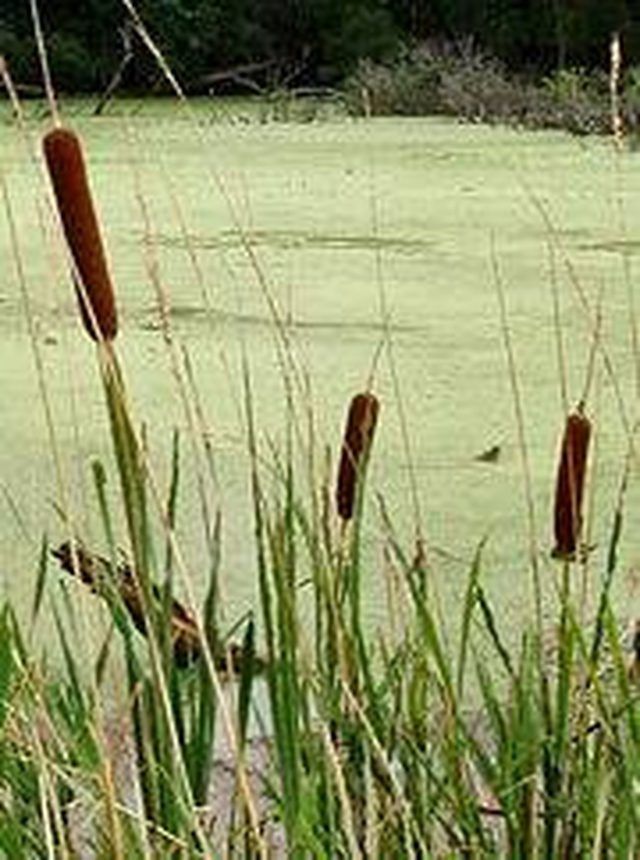Bulbs
Flower Basics
Flower Beds & Specialty Gardens
Flower Garden
Garden Furniture
Garden Gnomes
Garden Seeds
Garden Sheds
Garden Statues
Garden Tools & Supplies
Gardening Basics
Green & Organic
Groundcovers & Vines
Growing Annuals
Growing Basil
Growing Beans
Growing Berries
Growing Blueberries
Growing Cactus
Growing Corn
Growing Cotton
Growing Edibles
Growing Flowers
Growing Garlic
Growing Grapes
Growing Grass
Growing Herbs
Growing Jasmine
Growing Mint
Growing Mushrooms
Orchids
Growing Peanuts
Growing Perennials
Growing Plants
Growing Rosemary
Growing Roses
Growing Strawberries
Growing Sunflowers
Growing Thyme
Growing Tomatoes
Growing Tulips
Growing Vegetables
Herb Basics
Herb Garden
Indoor Growing
Landscaping Basics
Landscaping Patios
Landscaping Plants
Landscaping Shrubs
Landscaping Trees
Landscaping Walks & Pathways
Lawn Basics
Lawn Maintenance
Lawn Mowers
Lawn Ornaments
Lawn Planting
Lawn Tools
Outdoor Growing
Overall Landscape Planning
Pests, Weeds & Problems
Plant Basics
Rock Garden
Rose Garden
Shrubs
Soil
Specialty Gardens
Trees
Vegetable Garden
Yard Maintenance
Life Cycle of a Cattail
Life Cycle of a Cattail. Knowing the life cycle of the cattail can make it easier to understand how to use cattails as a food source or to get rid of cattails in your pond. Cattails are edible at almost every stage in their life cycle. They can quickly take over the shallow parts of your home pond, making fishing difficult, housing noisy frogs and...

Knowing the life cycle of the cattail can make it easier to understand how to use cattails as a food source or to get rid of cattails in your pond. Cattails are edible at almost every stage in their life cycle. They can quickly take over the shallow parts of your home pond, making fishing difficult, housing noisy frogs and crickets, and making nesting grounds for aggressive geese and magpies.
Rhizomes
Before the cattail grows each year, it stores energy in the rhizomes, which are similar in structure to potatoes or tubers. New stands of cattails can begin as seed, but cattails from rhizomes are stronger.
Young Shoots
In early spring, the cattail sends up young shoots that can be mistaken for wild daffodils and irises. The cattails are much taller, up to 9 feet in some areas.
Flowering Head
Cattail flowers live on one stalk, with the male pollen-bearing portion at the top and the female seed-making portion on the bottom. The male parts create a lot of golden pollen, and the female portions look a bit like hot dogs on a stick.
Seeding
The fuzzy masses that hold the seeds tend to overwinter, staying attached throughout most of the cold season and then blowing away toward the end of winter.
A New Cycle
The cycle begins again the following spring, when new shoots emerge from the same rhizomes. Cattails are perennial, returning each year and repeating the same cycle.